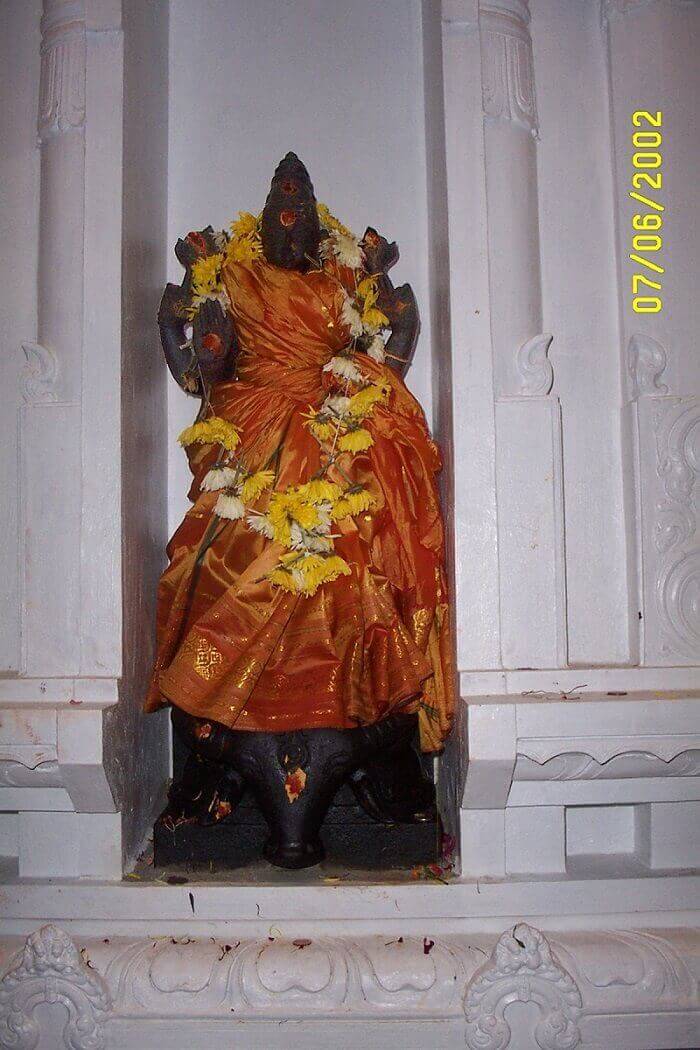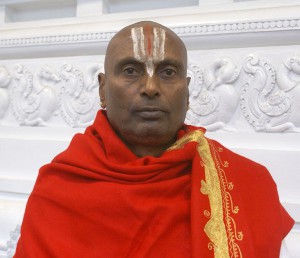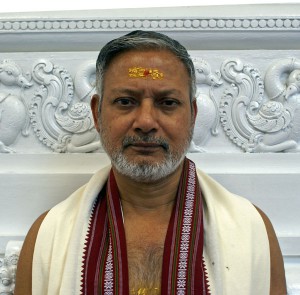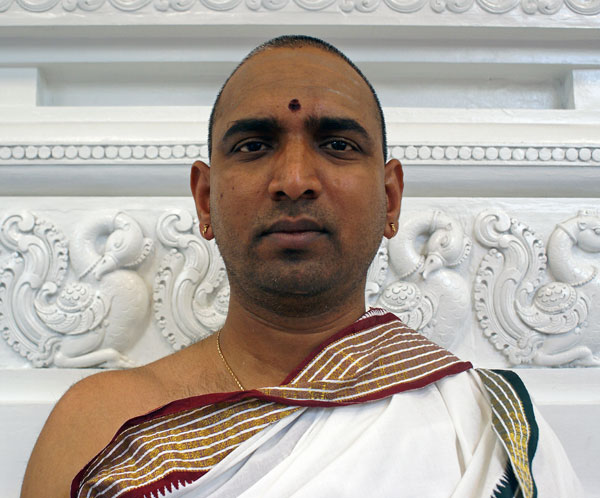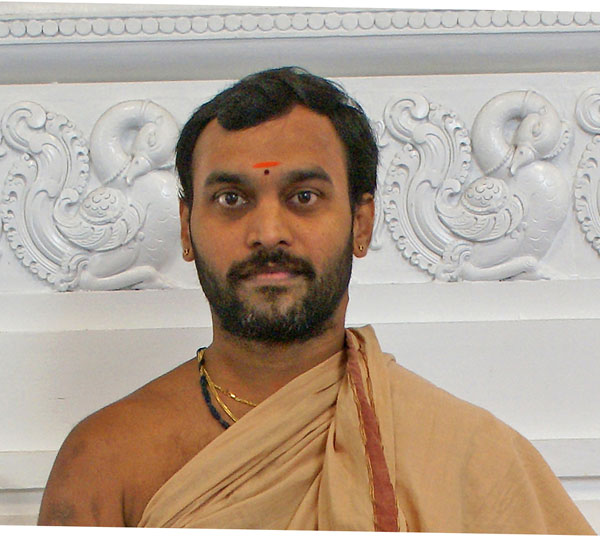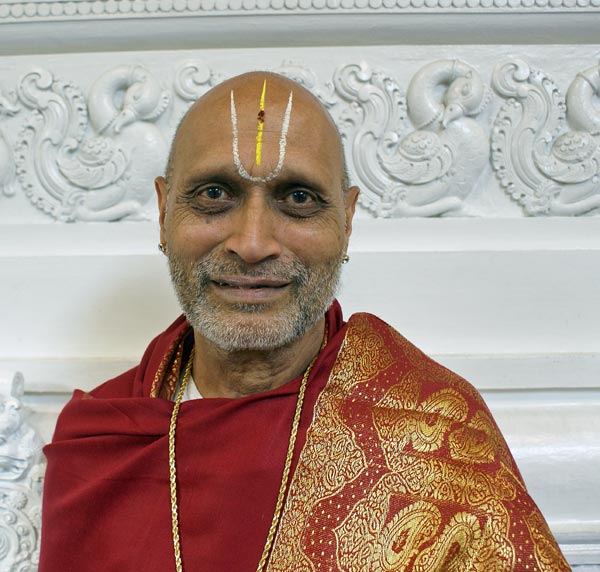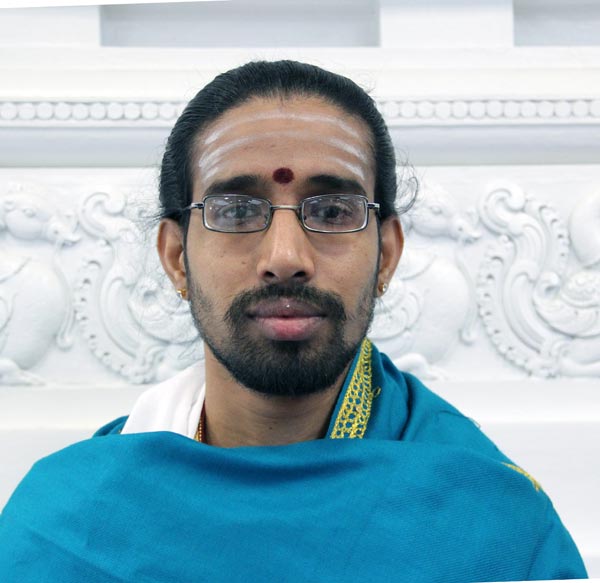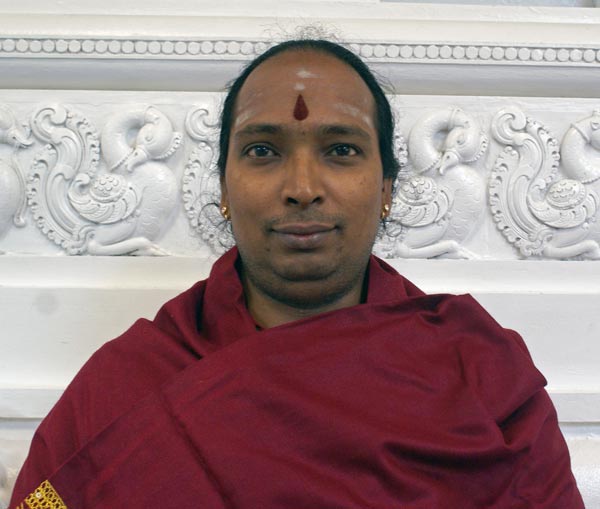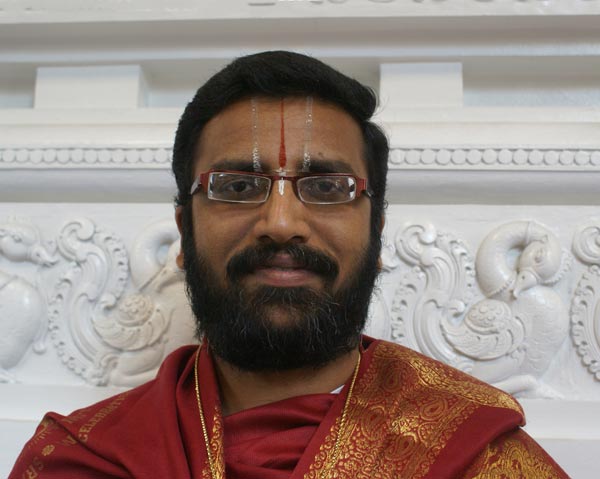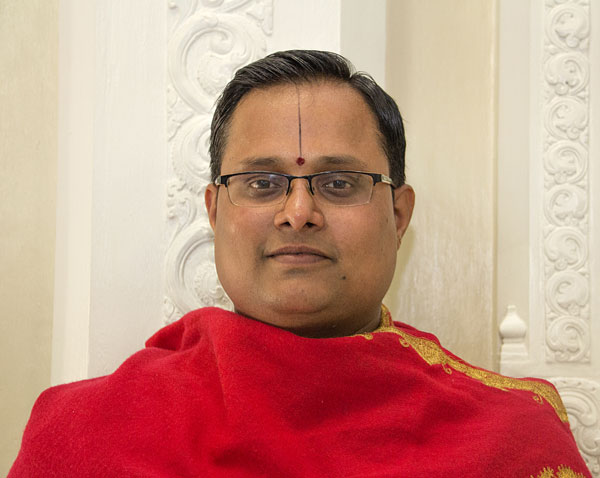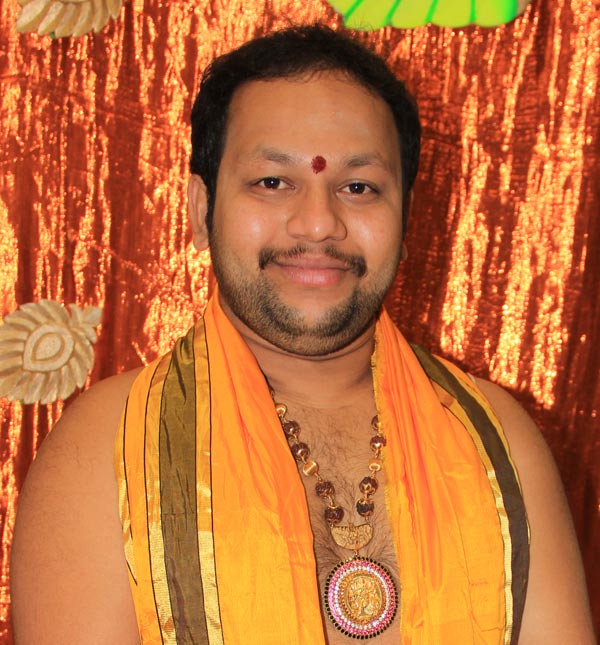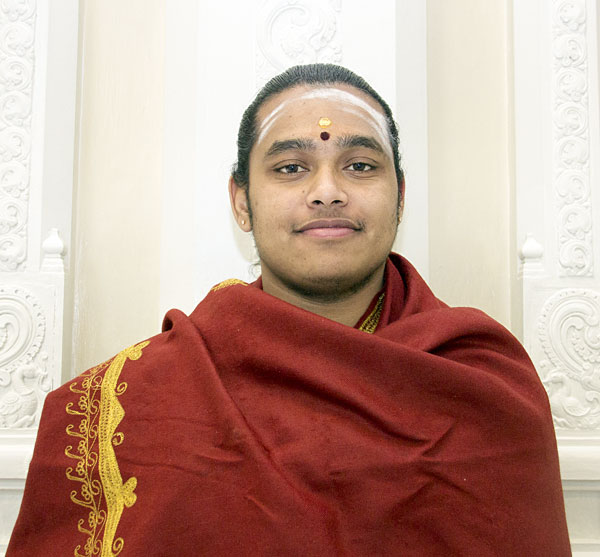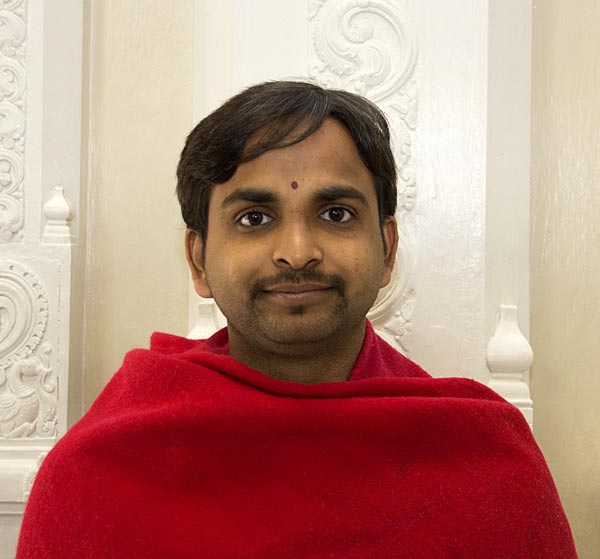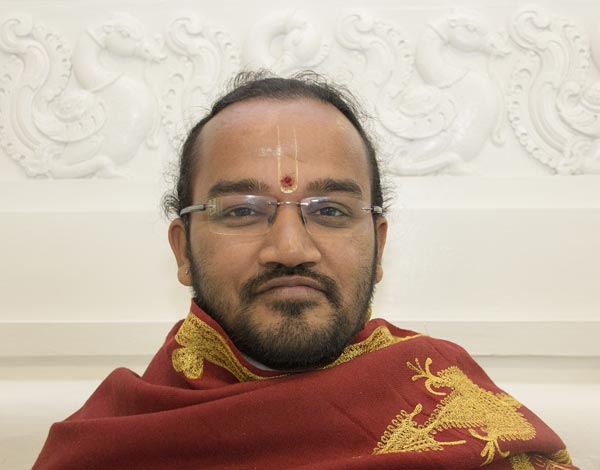Siva Koshta Devatas

Siva Koshta Devatas
The Deva Koshta ‘niche’ Devatas in the walls of the Siva Sannidi are-
SIVA KOSHTA DEVATAS IN SSVT
In Sri Siva Vishnu Temple, Siva Koshta devatas, which were carved in concrete in the walls of the Siva Shrine were removed. New idols carved out of granite were consecrated during the Mahakumbabishekam in June 2002.
SRI NIRUTHA VINAYAKAR
Nirutha Vinayakar means Dancing Ganesha. Legend has it that, Ganesha while walking along a forest path into Brahma. The bump quite knocked out the wind out of Brahma. Angrily Brahma was about to pronounce a curse on Ganesha. Ganesha, seeing that Brahma was angry, had begun to dance. At first his big belly shook and his feet thudded noisily. But as Ganesha concentrated, his fat body took on an elegance all its own, and his dance was as beautiful as the rhythm of the tides and the music of the stars. Seeing this Brahma’s frown melted away, and he broke into a smile. “Truly you are a son of Siva, Ganesha,” said Brahma. “Like the strokes of a pen that end each verse of a poem, Siva’s dance ends each cycle of creation.
But your dance – your dance has in it the laughter of creation itself, the joy of the universe.” Finally Ganesha stamped and whittled, did a final whirl, and ended with his feet planted squarely on the ground. He faced Brahma, laughing, and held his right hand, palm facing out, in the gesture of blessing called the abhaya mudra. Brahma bowed down to Ganesha in respect and proclaimed Ganesha to bethe Master of the Dance. In the classical Indian dance style called Bharatanatyam Ganesha’s gesture of blessing, the abhaya mudra, means “be not afraid.” Even today, every Bharatanatyam performance begins with a special brief dance that recalls Ganesha’s grace and seeks his blessings.
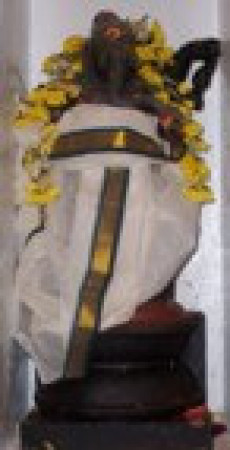
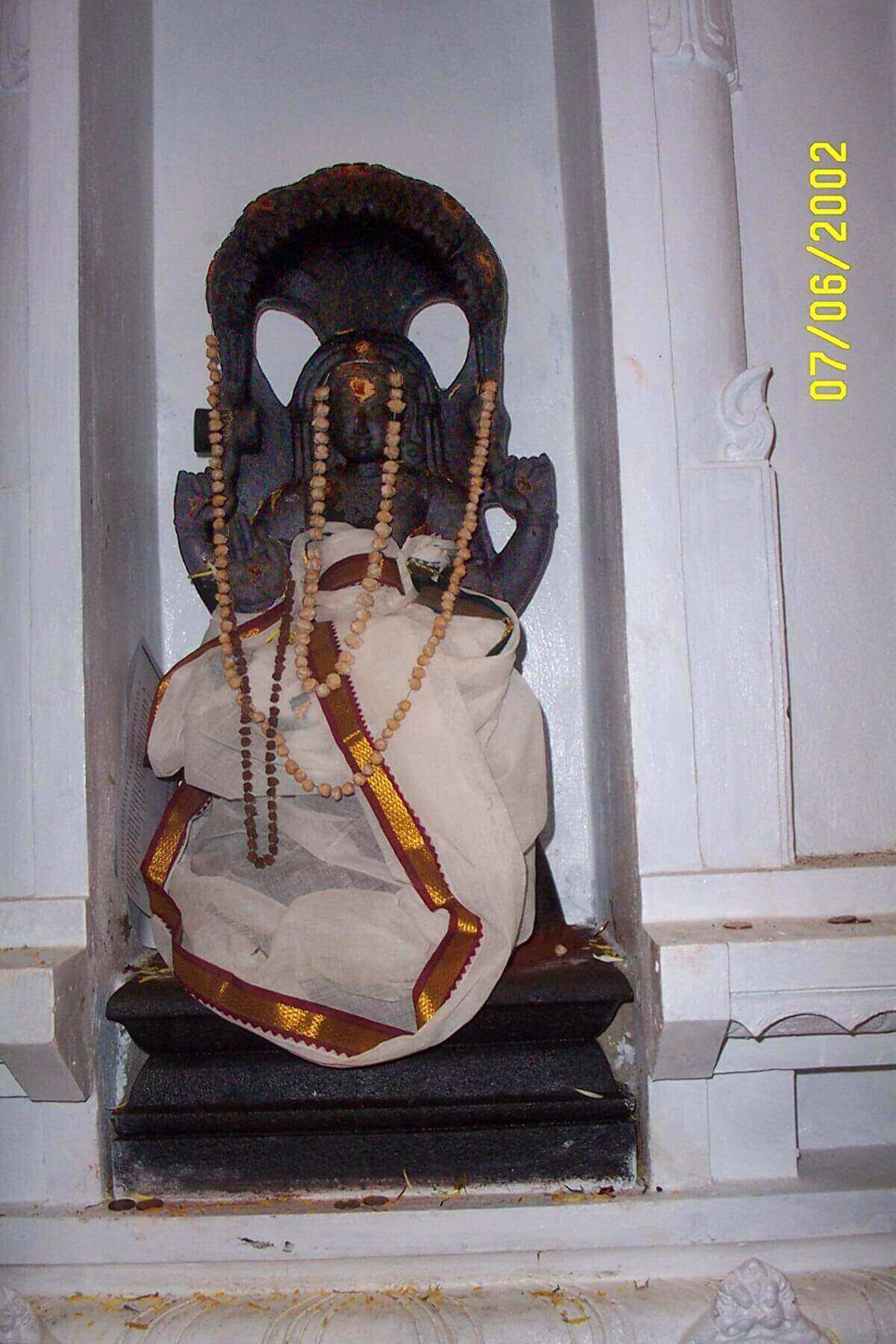
SRI DAKSHINAMURTHY
Dakshinamurti is one of the radiant human forms which Lord Siva takes to uplift the soul from bondage. The banyan tree under which he is seated represents the microcosm in the tiny seed of the tree and the vast expanse of its branches, leaves and roots that evolve from it respectively. This illustrates how the Universe evolves out of the Supreme Spirit. The banyan tree which outlives several other living species also stands for the eternality (sat) associated with the Supreme. The devotees who meditate on Him have their consciousness (cit) illumined and experience bliss (ananda). Thus Dakshinamurti is none other than Sat-cit-ananda.
SLOKA/PRAYER OF DAKSHINA MURTHY
Upasakanam yad upasaneyam upattavasam vatauakhimule Taddama daksinyajusa svamartya Jagartu citte mama bodharapam
MEANING
May that Supreme Spirit that has taken its abode under the banyan tree taking an anthropomorphic form facing south as an act of great condescension and which is the object of meditation for the devotees remain in my mind activating my intellect.
SRI LINGOTHBAVA
Lingodbhavamurthy is an iconic representation of Siva, installed in the rear devakoshta (niche) of the garbagriha (sanctum) of all Siva temples. The story of Lingodbhavar is based on the attempts of Vishnu and Bhrama to discover the origins (the beginning Aadi and the end Antha) of Siva. While Vishnu and Brahma were arguing about their superiority over one another, a huge lingam of fire appeared before them.
Curious to trace the origins of this column of fire, Bhrama assumed the form of a swan and flew upwards, while Vishnu assumed the form of a boar, and burrowed down into the earth. Days of search in either direction proved futile, and hence the duo surrendered to this column of fire with prayers. Siva then appeared out of this column of fiery lingam, with a thousand arms and legs, with the sun, moon and fire as his three eyes, bearing the pinaka bow, wearing the hide of an elephant, bearing the trishul, and addressed Vishnu and Bhrama in a thunderous voice, explaining that the two were born out of him, and that the three were then separated out into three different aspects of divinity.
The manifestation of Siva in this column of fire in front of Bhrama and Vishnu, is carved in stone, as the Lingodbhavamurthy manifestation of Siva, and is always enshrined in the rear niche of the sanctum enshrining a Sivalingam. Since most temples face east, Lingodbhavar faces West.
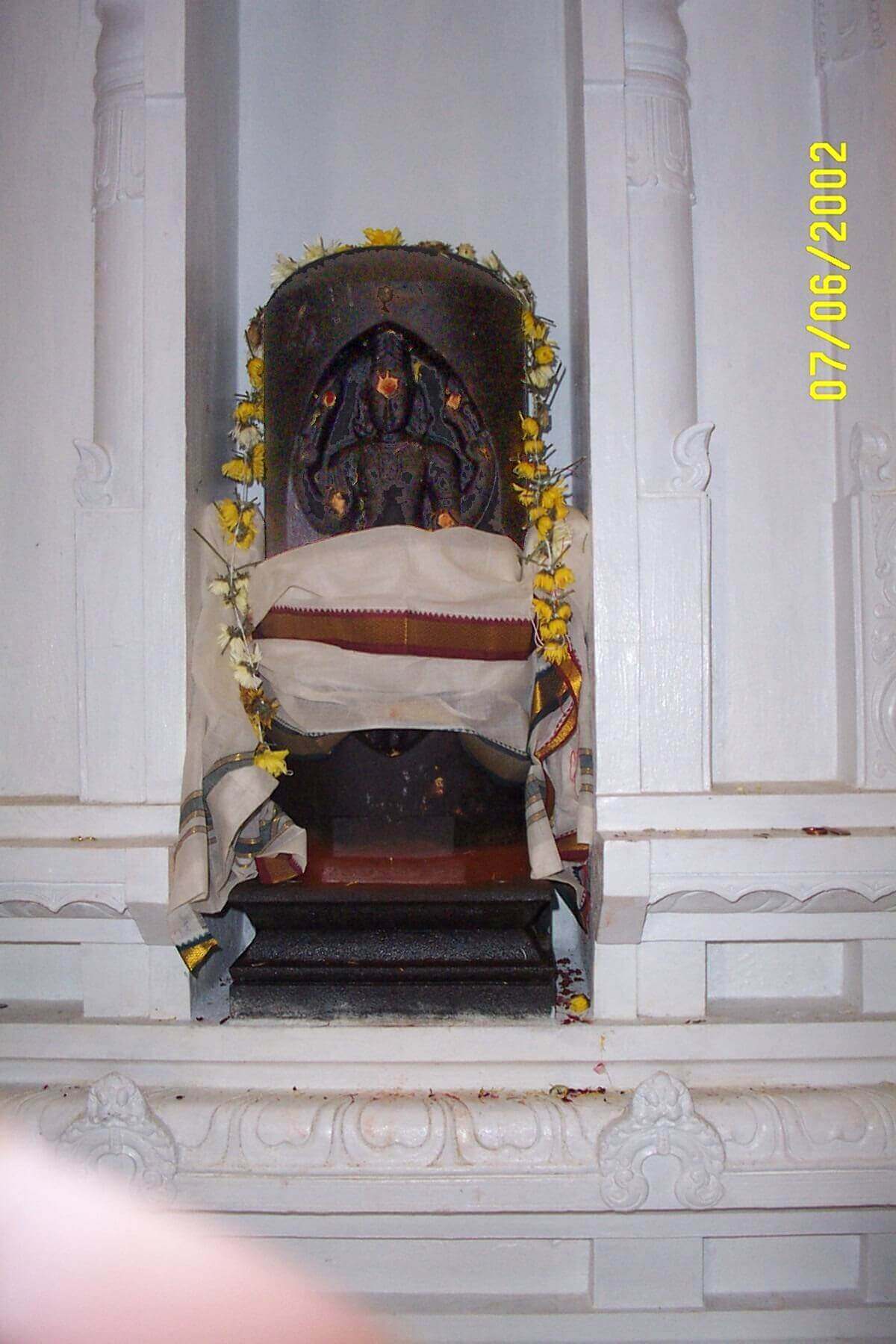
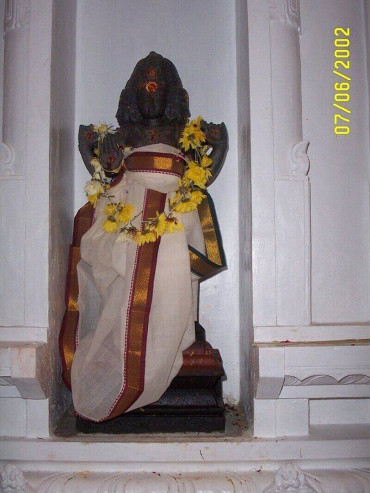
SRI BHRAMA
There is another interesting aspect to this legend of Lingothbavamurthy. While Bhrama was flying upwards in the guise of a swan, he saw the petals of a ketaki flower drifting down. Tired by the futility of his efforts to reach the top of the mysterious column of fire, Bhrama requested the flower to acquiese to his lie that he had seen the top of the column where the flower had previously resided. Accompanied by his accomplice, Bhrama confronted Vishnu and asserted that he had indeed discovered the origin of the cosmic column. An enraged Siva appeared out of the fiery column and cursed Bhrama so that he would not be worshipped in temples on earth. This legend relates to the fact that there are hardly any temples dedicated to Bhrama in India. There is a shrine to Bhrama at Uttamar Koyil in Tamilnadu, and Bhrama is also represented in the devakoshtas (niches) in Siva temples; there are thus no Bhrama temples of any significance in India
SRI DURGA
In Hindu mythology, Durga is a fierce form of Devi, the Mother Goddess, the all-powerful almighty goddess. According to a legend the gods could not defeat the buffalo demon Mahishasura, who was a meance to the whole universe. They begged Siva for his assistance, and Siva advised all the gods to release their shaktis. The shaktis of the gods emerged in female form. These goddesses fused together in blinding light from which arose a magnificent goddess with many arms. She was as beautiful as she was deadly. Durga was born fully-grown and is depicted as extremely beautiful and full of rage. The gods called this goddess Durga, the invincible one, and they armed her with all their weapons. Thus armed, Durga rode to the top of a mountain on a lion. In a bloody battle, she defeated Mahishasura and his army of demons and thus saved the Universe from this demon’s menace.
